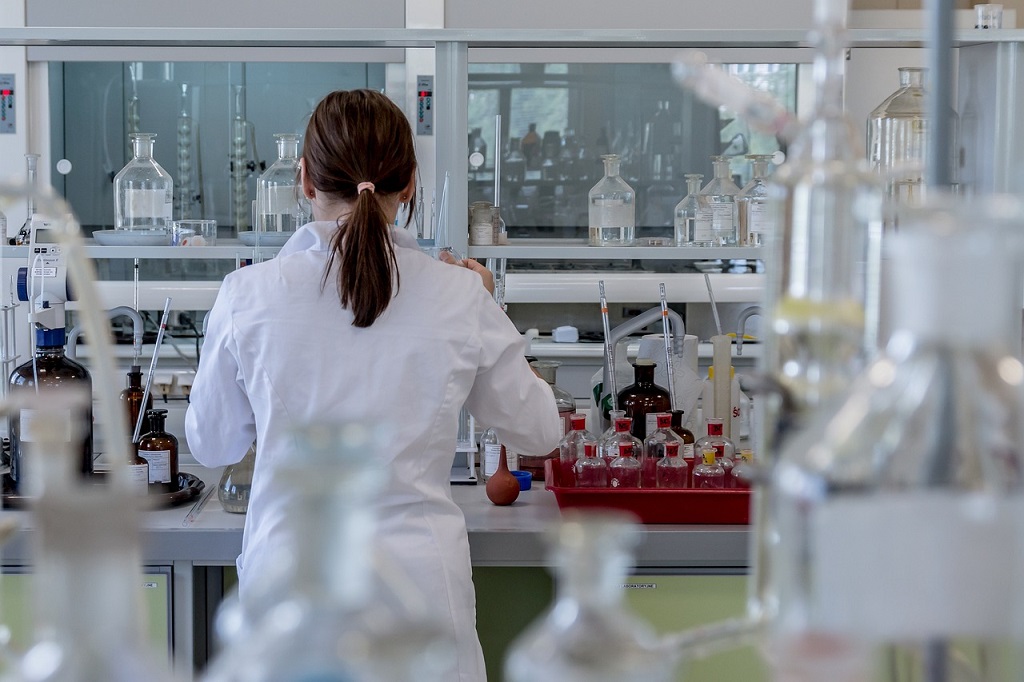Phosphorous acid (commonly known as phos acid) is a fungicide registered for use in Australian vineyards, where it is used to protect against and treat outbreaks of downy mildew. It is one of the few curative rather than preventative fungicides available to Australian growers for control of downy mildew.
However, whenever phos acid is used on vineyards at any time during the growing season, residues can be expected in wine. This poses a challenge to wine exporters, as some export markets including China, Argentina and India have very low or no tolerance for phosphorous acid residues in wine.
Because of this situation, the AWRI recommends that growers should contact their winery or grape purchaser prior to any application of phos acid.
Up-to-date information about limits for residues in different markets is available from the AWRI’s agrochemical online search facility.
For peace of mind before exporting wine, many producers choose to analyse their wines for phos acid. The AWRI’s commercial arm, Affinity Labs, has recently introduced a new method for analysing phos acid in grapes and wine, cutting the analysis price and providing results in a faster timeframe.
Using the latest liquid chromatography/mass spectrometry techniques, the team can now deliver phos acid analysis within a turnaround time of 10 rather than 15 days.
The price for a single wine sample has also dropped from $348 to $280, with further discounts to $200 per sample for six or more wines. For more information about the new method, contact Affinity Labs’ customer service team on 08 8313 0444 or [email protected]
Are you a Daily Wine News subscriber? If not, click here to join our mailing list. It’s free!





















